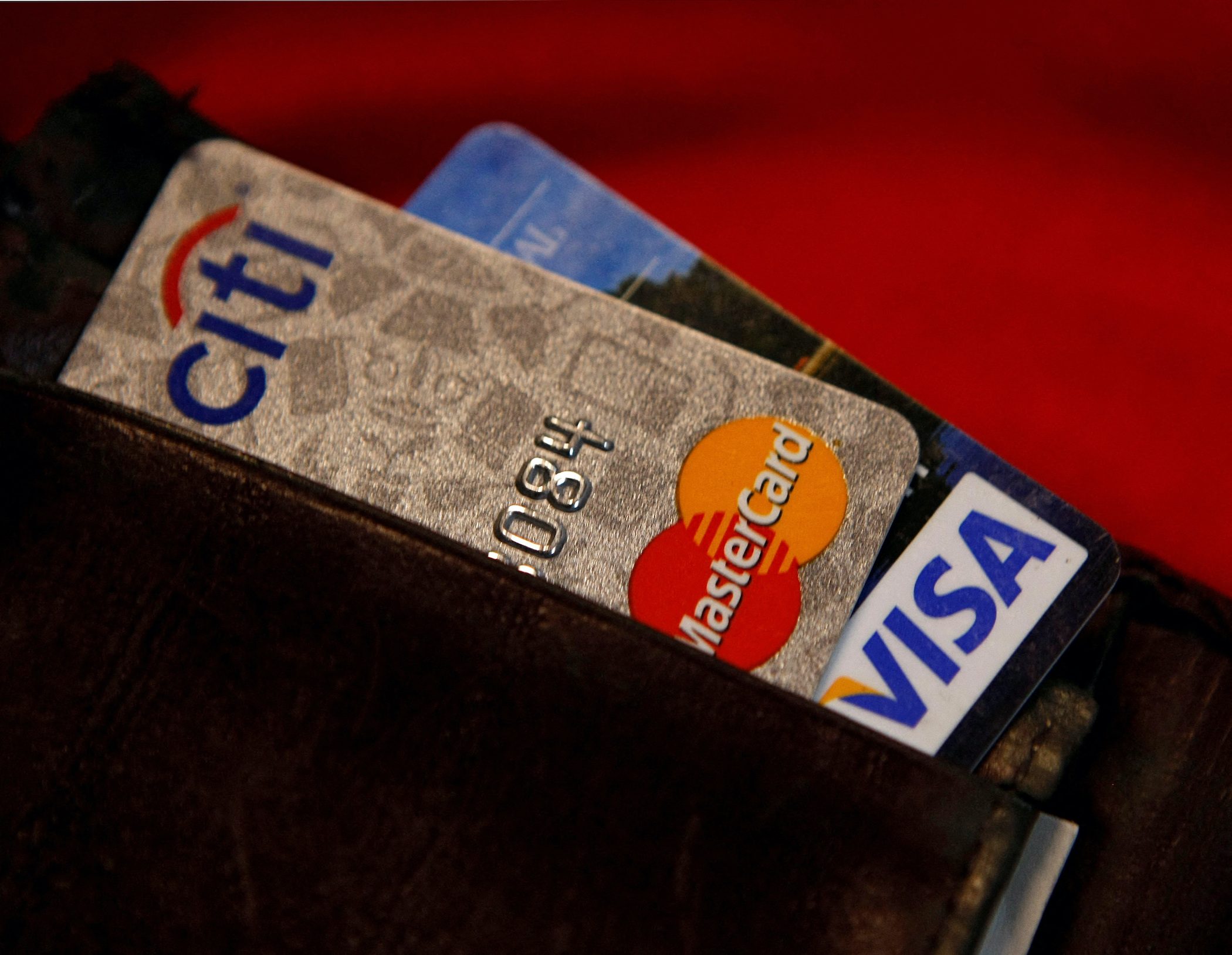SUMMARY
This is AI generated summarization, which may have errors. For context, always refer to the full article.

MANILA, Philippines – What first comes to mind when you hear the word “utang?” If you ask the average Filipino, credit still brings with it a negative stigma of financial irresponsibility – something the finance industry wants to debunk in the name of making financial services accessible to more people.
According to a 2023 study by private credit reference agency TransUnion, Filipinos tend to be conservative when it comes to credit due to a “perceived risk of overspending and loss of money.”
More than half of those surveyed believe that users of credit products tend to overspend or are already in debt. As much as 45% of the general population also fear that borrowers will eventually incur “unmanageable amounts of debt” and about 42% worry that they may go to jail if they cannot pay off their debt.
“When you think about ‘utang,’ the term is not positive for sure. It becomes even worse because there’s so many fears. They go to jail, people are just irresponsible. So, again, just so negative,” TransUnion president and chief executive officer Pia Arellano told Rappler on Wednesday, July 5.
But despite this perception, there is still a strong demand for credit in the Philippines – something that was not affected by the country’s struggle with high inflation.
“What the data has shown us is that [inflation] hasn’t dampened demand…. Inflation is sort of tempering already, but even during the periods where it spiked, we did not see a slowdown in demand,” Arellano said. “Again, that shows that our market is credit hungry. The demand is still there.”
The trouble is that although the demand for credit is there, most Filipinos seek this from informal sources, like family or friends, rather than formal channels, like bank loans and credit cards. Among all Filipinos, only 5% have used a mortgage, which can be instrumental in buying big-ticket items, like a car or house.
It’s the same problem with credit cards, which have been one of foundational forms of credit, with just 25% of the population making use of them. And even when there’s growth in this segment, it’s only within the same group of people who have already gotten cards before.
“They’re lending to the same people. So, someone with three cards, they’re offered a fourth card. Again, for financial inclusion to happen, we need to address the unbanked,” Arellano said.
But where did this stigma originate? It may actually come from where Filipinos learn about credit products. According to the TransUnion study, many Filipinos still rely on family, friends, and social media as a source of credit knowledge.
This means that negative experiences within their social circle can greatly affect how they perceive credit. And because some Filipinos may not be referring to trusted social media accounts, they also become vulnerable to misinformation or disinformation about credit products. This is particularly true for those who are unbanked, or those who do not or cannot use the services and products of the traditional financial system. More than half of unbanked Filipinos rely on Facebook as a way to learn about credit.
“Clearly, a lot of effort still has to go towards destroying the stigma, eliminating the stigma because credit per se is not bad. Credit, if used wisely, if used responsibly, can actually be a trigger or a catalyst for economic growth because when you have credit, it drives consumption,” she added.
Using credit the right way
So how do you use credit “wisely?” The first step is to get a hold of your current financial situation before you make use of credit products.
“Go down to the basics – meaning know your work, know your budget, and spend within your means. That’s number one,” Arellano told Rappler.
After that, users can look to build their credit score, a metric used by banks and other financial service providers to decide the kind of products offered to consumers. A good credit score can also come with a more favorable interest rate.
If you’re concerned about your credit score while using a credit card for example, you don’t necessarily need to pay in full every single month, according to Arellano. Instead, the most important thing is to pay on time.
Meanwhile, for users that find getting loans from banks difficult due to documentary requirements, accessing credit through e-wallet platforms is a helpful first step.
“It’s a start because we see also the credit that they’re giving to the wallet owners. And then when we see that, the banks see that as well. That’s a foot in the door,” Arellano said, noting that as much as 85% of Filipinos use e-wallets.
The TransUnion CEO emphasized that there was still a long way to go in eliminating the stigma around utang. It starts, perhaps, with a change of perspective: seeing credit as a way to achieve dreams that might otherwise be walled off by financial costs.
“A lot of people actually use credit to start little businesses. So I think for those in the lower income [segment], that’s actually a good opportunity. They have to see credit as an opportunity to maybe start something on their own, as a new source of income,” Arellano said. – Rappler.com
Add a comment
How does this make you feel?





There are no comments yet. Add your comment to start the conversation.